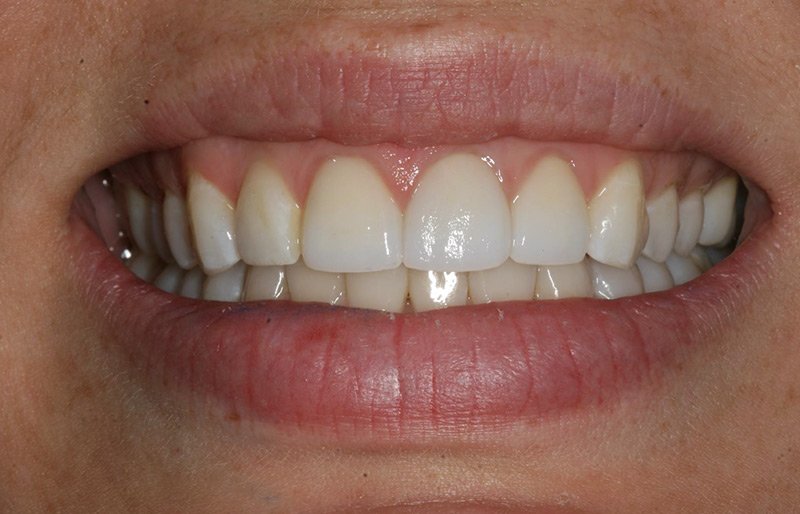Your teeth can say a lot about your health but so can your gums. Are they pink and firm? Good! It means you’re probably in good shape. Do your gums feel tender, swollen and look red? Then you may have gum disease.
WHAT ARE YOUR GUMS?
The gums comprise a key part of the soft tissue which lines your mouth. Your gums surround your teeth and provide a seal around them. The majority of your gums are tightly connected to the underlying bone of your jaw. When your gums are healthy, it gives you a strong barrier to all the bacteria in your mouth.
WHAT ARE THE SIGNS OF BAD GUMS?
If you have diseased gums, then it’s very likely your gums bleed when you brush your teeth. They may also bleed when you floss or use a toothpick. If you know you are not being rough when you brush and your gums are frequently bleeding, this could be a sign of gum disease. The first stage is gingivitis. Essentially, your gums have an infection. They are getting irritated by the plaque due to a lack of proper cleaning. Plaque occurs when you eat food or you drink something and the sugars release acids which are harmful to your teeth.
Gingivitis can then advance to periodontitis. This happens when your gums recede and the roots of your teeth become exposed. If left untreated, your gums can recede further and your teeth may become loose and fall out.
GUM DISEASE AND YOUR HEALTH
If you have diabetes, then you are at a higher risk for gum disease. Researchers have found that there may be a relationship between gum disease and diabetes. Research shows diabetics are more susceptible to bacterial infection.
Your gums serve as a wall that helps prevent inflammation that may damage your body. Gum disease has not only been linked to diabetes but also heart disease, stroke and premature births or low-birth weight babies.
HOW TO TREAT GUM DISEASE?
The best way to prevent and treat gum disease is practicing good oral hygiene habits. Gingivitis is reversible. You can do your part by making sure to brush twice a day and floss your teeth. The American Dental Association recommends brushing with a toothpaste containing fluoride.
Another effective way to prevent gingivitis is to frequently visit your dentist. Dental hygienists can give you a professional cleaning with special tools. These tools can efficiently remove plaque and other particles built up on your teeth. It is recommended that you visit your dentist for a cleaning at least once every 6 months or visit even more frequently if you have certain risk factors for gum disease.
“Remember, there are other factors that can contribute to gum disease. That includes smoking, chewing tobacco, certain medications and pregnancy,” explained Dr. Jason Kboudi, who leads the team at Advanced Smile Care.
“Our team can pinpoint exactly what condition your gums are in and then recommend your best options for treatment. Prevention is the best way to ensure you have healthy gums. Unhealthy gums can lead to trouble for the health of your teeth as well as your overall health. So, you want to do everything possible to ensure your gums are healthy,” said Kboudi.
If you have a question about your gums, your teeth, or your smile, we are here to help. Send your question to askthedentist@advancedsmilecare.com
Call us at (210) 366-3606 and get started



